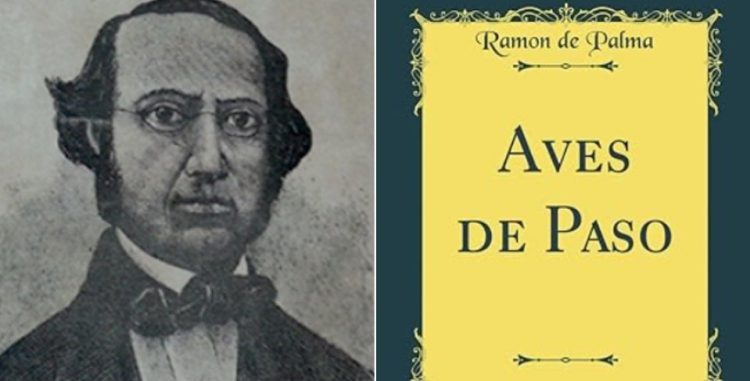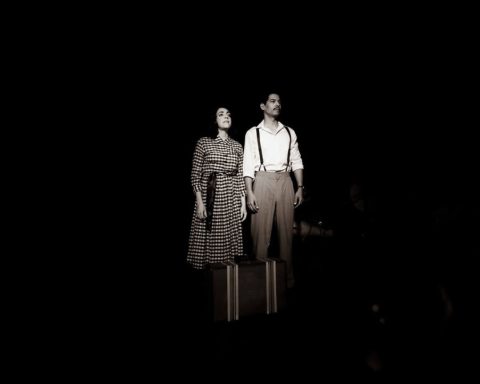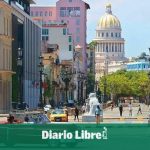MADRID, Spain.- The poet, short story writer, novelist, Cuban journalist, teacher, playwright and lawyer Ramón de Palma y Romay was born in Havana on January 3, 1812 and studied Latin, Law and Philosophy at the Seminary of San Carlos and San Ambrosio.
Recognized as one of the fundamental figures of Cuban narrative at the beginning of the 19th century, he was a disciple of Domingo del Monte and one of the regular attendees of his famous gatherings. Among Ramón de Palma’s creations are: Birds of passage and An Easter in San Marcos. His work Matanzas and the Yumurí begins the topic of siboneyismo in Cuba, a trend of the literature of the Island in that century, which also had some detractors.
With an intense work in the press of the time, in addition, together with the writer and pedagogue Jose Antonio Echeverria founded the periodical publications Havana Christmas Carol and The squadin 1837 and 1838, respectively. He was editor, writer and director of The albumone of the great Cuban magazines of the 19th century. He collaborated in various media such as Havana Diary, Navy Diary —where his novel appeared The Hermit of Niagara (1845)—, and Havana Magazinein which they revealed their Songs of Cuba (1854).
Among his many-faceted work, it is worth mentioning the direction of the La Empresa school in Matanzas. He also suffered imprisonment for having collaborated in the annexation attempt of Narciso Lopezand served in the position of the so-called Railway from Havana to Güines or Railway of Villanueva, due to the essential role played in its realization by the Count of Villanueva, the Havana native Claudio Martinez de Pinillo.
Although some texts date the death of Ramón de Palma y Romay on June 21, 1860, most researchers agree that his death occurred in Havana on July 21 of that same year.
Follow our channel WhatsApp. Receive the information from CubaNet on your cell phone through Telegram.

















